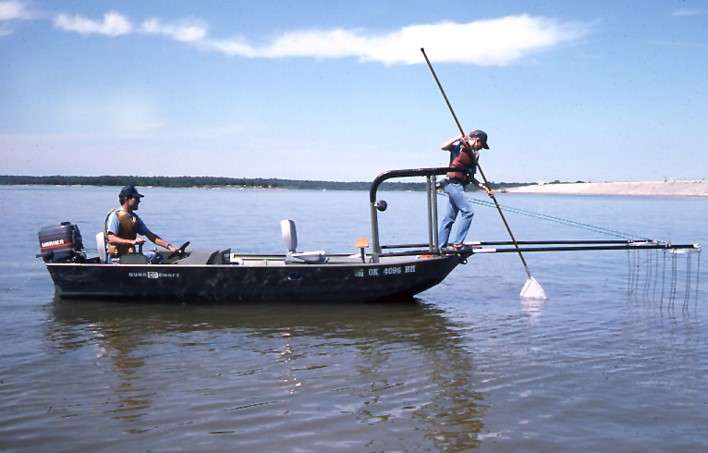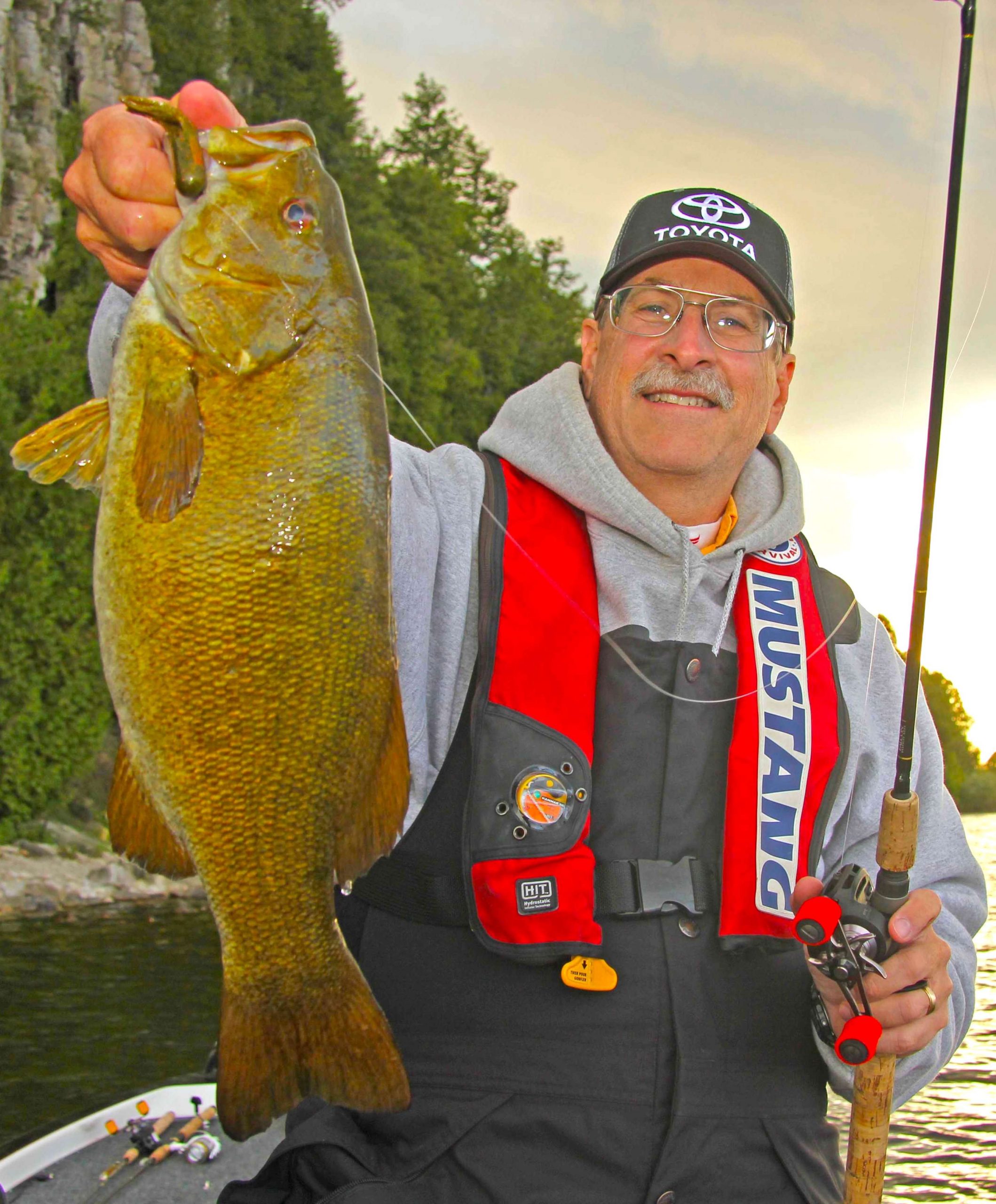
One of my great joys in my former career as a fishery biologist was when I could watch anglers picking apart a likely shoreline. Cast after cast, thoroughly covering the area. And if they didn’t get a bite they would proclaim, “They’re not here.”
Then we would come in behind them with our electrofishing boat and show them what they missed.
“Here’s three bass … and a 4-pounder … and look at this, a 6-pounder! I think you guys missed a few.” Their embarrassment would quickly turn to amazement. They realized that although they caught no fish, it was not because there were no fish there. Experience or intuition told them to fish that area — and they were right. The bass were just not cooperating.
Electrofishing is the primary tool fishery biologists in most states use to evaluate black bass populations. It is fast, efficient and non-lethal. A gasoline-powered generator puts electricity into the water via cables dangled from booms that extend from the bow of the boat. As the current flows, a 10 to 20 foot diameter electric field sets up around the boat that can affect fish up to 10 feet deep depending on the conductivity of the water.
Fish are pulled from cover by involuntary muscle contractions and when they get close to the field, they are stunned and float to the surface. They are dipped up, placed in an aerated livewell and recover in minutes. After a sampling run the boat stops and the fish are counted, measured and weighed. And unless some are kept for additional biological information, they are released unharmed.
Bass sampling begins in the spring (or in the fall in some states) when water temperatures are around 55 to 65 degrees. At that time, most sizes of bass are inshore for spawning or feeding up for winter and are most vulnerable to electrofishing.
This technique does not tell us how many bass are in the lake; it only provides a snapshot sample. Think of the bass population as a pyramid. Lots of little fish at the bottom, fewer mid-size bass and still fewer large ones at the top. Electrofishing surveys try to collect a representative number of each of these segments of the population.
What can electrofishing teach you about bass? Most importantly, there are probably many times more bass out there than you think. An electrofishing crew can make multiple passes down a shoreline, collecting new bass each time. If they can’t get them all in one pass, it’s a safe bet that you can’t catch them all in one pass either. If you catch a bass – fish that area or piece of cover again and again. Something attracted that fish to that area. Chances are more bass are there for the same reasons.
Bass collected from thick cover often have food in their stomachs. Bass collected from open shorelines may have empty stomachs. During peak feeding periods of dawn and dusk, don’t pass up areas between the obvious cover. Fish cruising the flats may be an easier target than ones with full bellies in brush piles.
This spring if you see a funny looking boat with a railing around the front deck and long booms sticking off the bow and you hear the whine of a generator — don’t be bashful about checking it out. Ask the biologists if it is OK to follow along at a safe distance and watch what they do. Take note of the habitat fish come from. When the crew stops to work up the catch, ask them to show you what they are collecting.
It might surprise — or embarrass — you to see what you’ve been missing.





